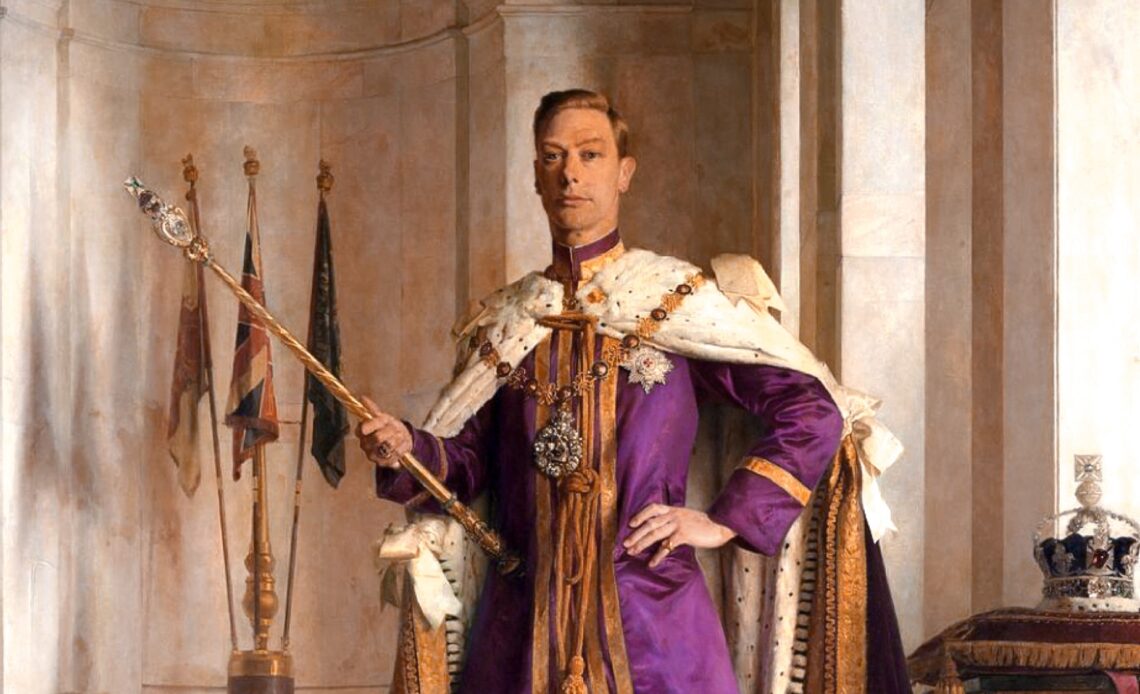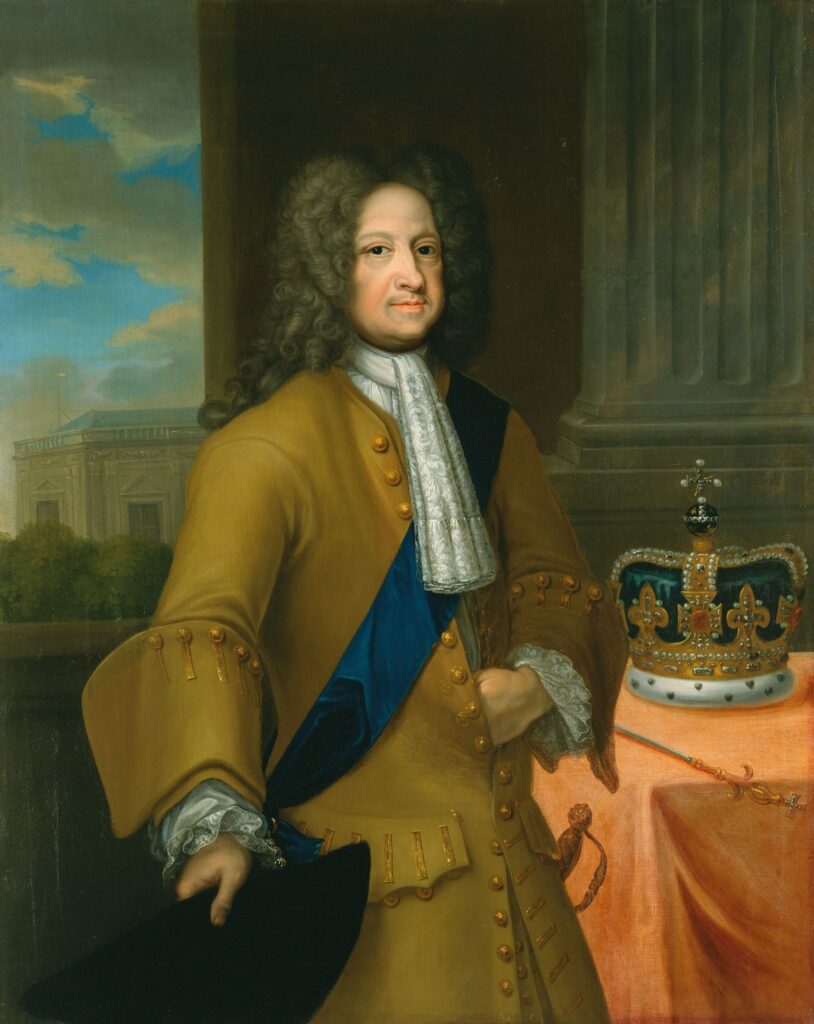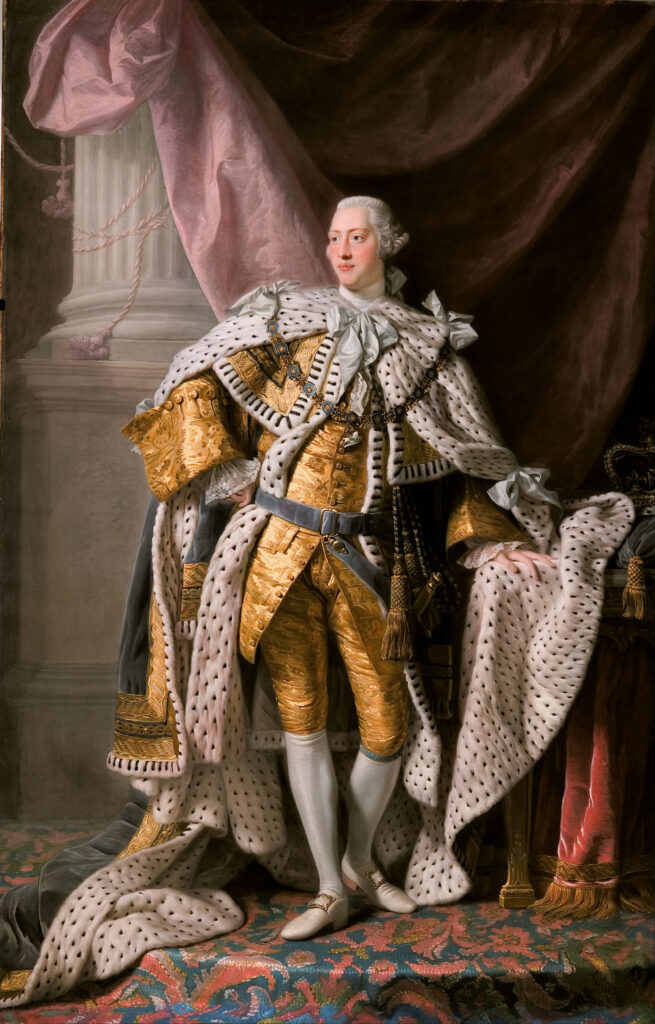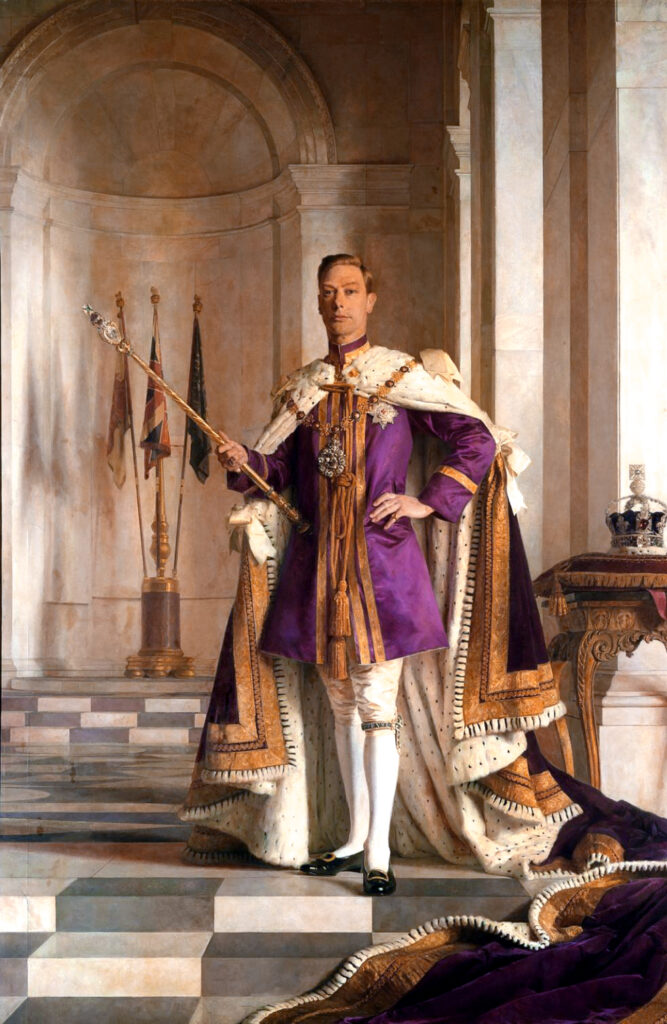
As Prince George celebrates his 10th birthday, we are looking at the six kings of Great Britain named George.
King George I ushered in a new dynasty after the death of the last Stuart monarch, Queen Anne, in 1714. Also the Elector of Hanover, George was chosen to take the throne as he was the most senior Protestant descendent of King James I of Great Britain. He did not have a consort after divorcing his wife for adultery and leaving her in Celle. As he could not speak English, King George’s coronation had to be carried out in Latin, and he worked with his ministers in French.

King George II’s reign began after his father died in 1727. He arrived in England with his father in 1714; the pair started a trend in the House of Hanover where fathers and sons would be at odds. The second George commissioned German composer George Frideric Handel to compose a new anthem for his coronation; “Zadok the Priest” is still included in British coronations to this day. King George II was the last British monarch to ride into battle.
King George III inherited the throne after his grandfather’s death in 1760. His father had died in 1751, making George his grandfather’s heir apparent. George’s almost 60-year reign is largely remembered now for the loss of the American colonies and the Regency period. His son, the future King George IV, served as his Regent when King George III was incapacitated due to severe health issues.

King George IV served as Regent while Prince of Wales, and then inherited the throne in 1820. His 1821 coronation was the most lavish coronation in British history, and his luxurious tastes dominated aristocratic society for decades. George’s only child and daughter, Princess Charlotte, died in childbirth in 1817, meaning that the throne would pass to George’s younger brother upon his death in 1830.
King George V was not originally meant to be monarch, but after his elder brother’s death in 1892, he was next in line to the throne after his father, the future King Edward VII. George ascended the throne after his father’s passing in 1910, and his 25-year reign was marked by the First World War and a rapidly evolving society.

King George VI did not inherit the throne directly from his father, King George V, but after his elder brother, King Edward VIII, abdicated the throne. George’s reign was defined by the Second World War and a still-changing society. He passed away in 1952 of lung cancer, and his 25-year-old daughter, Elizabeth, inherited the throne and began the longest reign in British history.

